Equipment
Q&A: Mitsubishi Rayon answers questions about its new Tensei shafts
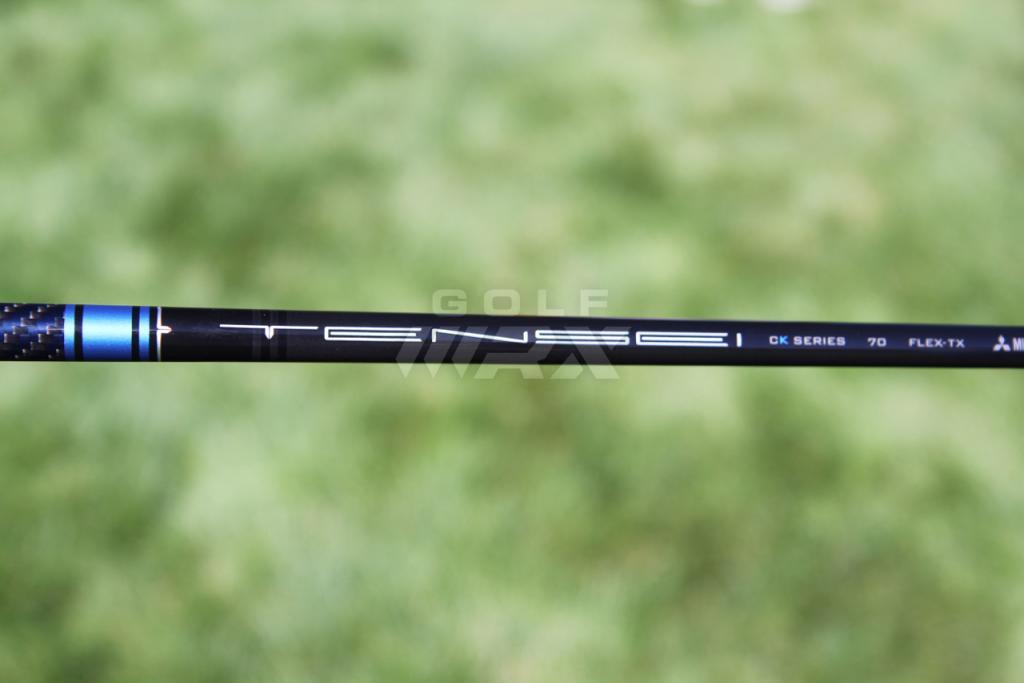
When Mitsubishi Rayon Composites releases a new shaft, serious golfers take notice. MRC has a history of producing some of the golf’s most popular shaft models, most notably with the best players in the world.
The company’s driver shafts were used to win 15 times on the PGA Tour in 2015 – that’s more than any other graphite shaft company. They were used to win 16 times on the European Tour – also more than any other graphite shaft company. A breakdown of the shafts used by the most famous golfers in the world is even more revealing: Jason Day, Rory McIlroy, Justin Rose, Sergio Garcia, Adam Scott, Phil Mickelson, Paul Casey and Tiger Woods all use MRC shafts.
In January, MRC will officially release its new TENSEI shaft family (pronounced TEN-SAY). Whereas most of the company’s shafts are made from three to six materials, TENSEI shafts combine 11 different materials, which helped engineers improve the performance and feel of the shafts from top to bottom.
Enjoy the Q&A below, in which MRC representatives answer questions from GolfWRX Editor Zak Kozuchowski about the company and its newest shaft.
Q: Before we talk about the TENSEI specifically, tell me about MRC’s process of creating a new shaft family. Does it start with a blank canvas, or is there a plan from the start of what kind of performance you want to achieve?
Mark Gunther, VP of Sales/Marketing: As a materials company at heart, we are always being exposed to and learning of new fiber, prepreg, and material applications from within our organization. Sometimes it comes from the carbon fiber division, sometimes from our prepreg division, and other times from within the golf group itself. As a result, the shaft group is constantly experimenting with ideas and designs lead by our extraordinary design team in Toyohashi, Japan.
That being said, the answer: there is usually a plan, or reason for prototyping. When we are looking to develop new families or profiles within our current lineup of shafts, we are typically focused on performance characteristics. What is missing from the lineup that we feel is needed by way of launch, spin, ball flight and even feel?
In addition, we are always trying to stay ahead of the curve by listening to our partners and accounts to understand where club development is headed. Sometimes this gives us clues on how to develop next-generation shafts that will help maximize performance of next-generation club heads.
Lastly, a new design concept can be as simple as a request from a tour player asking to experiment with a small tweak on a current shaft.
Q: How do the 11 different materials used to create TENSEI affect the shaft’s performance and feel?
MG: The TENSEI concept was a simple idea with a complicated development process. Two years ago, we decided to try to modernize, or “transform” our most classic bend profiles with a multi-material design. In fact, that’s how we got the name; TENSEI means “transformation” in Japanese.
Much like the auto racing industry, we wanted to maximize performance by using new MRC materials, as well as introducing some exotic materials where it made sense to the overall concept.
In the CK Blue Series, we are transforming our original, classic, smooth bend profile that has been so successful in product lines such as the original Diamana S-Series (Blue Board) and Bassara V-Series. The profile has been very popular for driver and fairway applications with players of all abilities. I often refer to it as our most “versatile” bend profile.
Q: What’s different about the materials used in TENSEI?
MG: With the TENSEI series, we’re using many newer ultra-thin prepregs. These newer prepregs are 50 micron in thickness or thinner, and were not available in the early 2000’s. By using several variations of this really thin material, and multiple layers throughout the shaft, we are able to more precisely hit our profile targets, creating a smoother overall shaft as it “loads” and “unloads” during the swing.
Related: See what GolfWRX Members had to say about the TENSEI CK Blue in our Official Testing Thread.
All shafts in the series are anchored by a Carbon-Kevlar Weave that we have placed in the butt section of the shaft, under the hands to do two things: (1) Further smooth the back end of the profile, and (2) provide increased feel and feedback to the player.
Q: I want to ask you more about the Carbon-Kevlar weave, but before I do let’s clarify a few things for our readers. Can you explain what “prepregs” and “high-modulus fibers” are?
Tsutomu Ibuki, President of MRC USA and designer of the original Diamana shafts: Yes, absolutely. Prepreg is simply a sheet of carbon fiber material that is impregnated with epoxy resin. MRC golf shaft are made from the prepreg by curing rolled materials on a mandrel. The thinner prepregs we are developing help greatly to minimize what is called the “spine” around the shaft, and also help achieve a smoother EI, or bend profile, along the entire length of the shaft – a core concept to TENSEI. Typical or standard prepreg is 100-125 micrometers in thickness. To manufacture prepreg with less than 50 micrometer in thickness and and low resin content (less than 25 percent resin content in weight) is very difficult. MRC can make prepreg as thin as 20 micrometers, however, allowing us to pursue very light and strong designs. You may see some exciting things in the near future in this area from MRC.
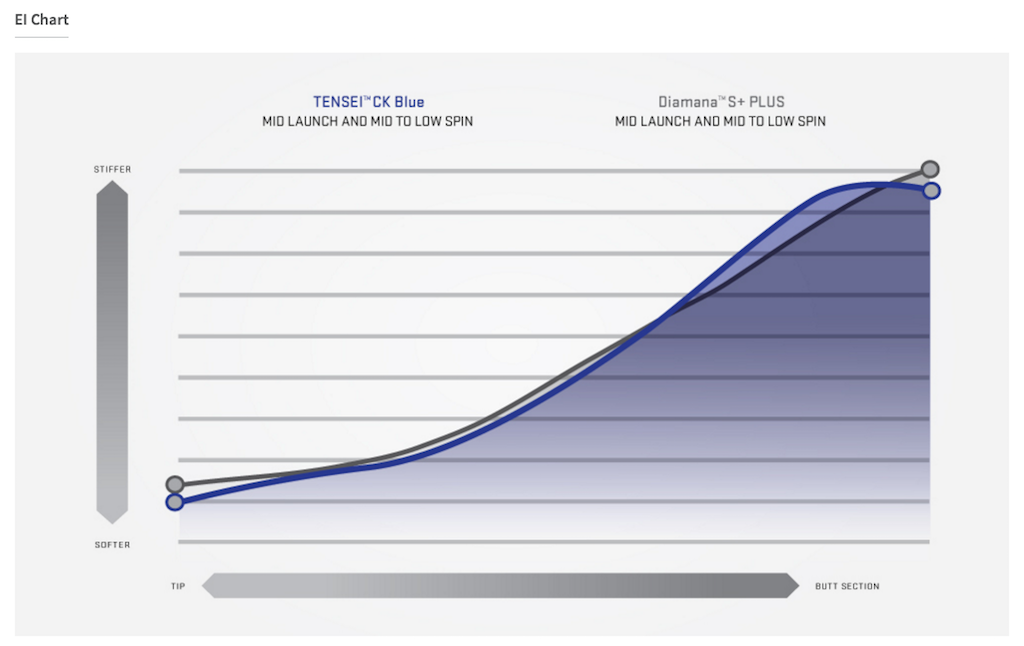
Regarding the term “High Modulus Fiber,” carbon fiber is classified by the modulus as following:
- Standard Modulus: 24 (or less) ton/mm2 (34 msi*)
- Intermediate Modulus: 30 ton/mm2 (43 msi)
- High modulus: 40 (or more) ton/mm2 (57 msi)
- Ultra-high modulus: 60 (or more) ton/mm2 (>85 msi)
* msi = megapound per square inch
So in golf shaft terms, the modulus of a material helps explain a particular fiber, or materials resistance to being deformed elastically. Typically higher modulus fiber makes it easier to make lower torque shafts and vice versa. And of course, the higher the modulus typically the higher the cost for the material. Today, MRC can manufacture prepreg at 95 ton.
Q: Back to the Carbon-Kevlar weave. Not often does MRC highlight specific technologies with graphics on its shafts, but that’s exactly what you did with TENSEI. Why?
MG: We like to develop technologies that actually do something for the shaft or player. Many times, we develop great technologies to accomplish our goal or hit our target, but the technology is not visible. For example, the TiNi Wire we use in Kuro Kage is almost black to the eye and very difficult to see, so we didn’t try to make it visible. In this instance, the Kevlar Fiber can be dyed to be visible, so we wanted to take the extra effort and cost to showcase the technology and our craftsmanship.
And just getting the material ready to use in the TENSEI Series is quite the process. MRC must first provide/ship our raw carbon fiber to a company that weaves it with the Kevlar. This woven product is then resin impregnated, creating the final prepreg material. Only then is the Carbon-Kevlar material ready for use in our shafts.
There are certainly easier ways to get such a woven product, but we at MRC feel our carbon fiber is superior to any on the market and taking the time to ensure the weave uses MRC fiber is a non-negotiable for us.
It would be quicker and less expensive to just paint over it, but because the Carbon-Kevlar weave is so important to the final product we believe highlighting it and showing the player it is actually there is worth our efforts.
Q: Is it true that MRC uses different materials and designs for its lightweight shaft models than it does its heavier-weight shaft models? What I’m getting at is, how does performance change from a TENSEI CK Blue shaft at 50 grams to the same shaft at 70 grams?
MG: With TENSEI, as with all development at MRC, we consider the weight, spec and performance targets to make the final design. So yes, materials are going to vary from our lightest models to our heaviest products to help us achieve the optimal design to deliver the intended performance.
With TENSEI, for example, we are using more varieties of lightweight prepregs in the 50-gram series to help hit our lighter weight targets, yet provide the necessary strength for the overall shaft that we do in a 70-gram shaft.
Q: Last question. When can golfers expect the TENSEI CK Blue shafts to arrive at authorized dealers? Will the line be expanded?
MG: The formal plan is to have the entire line ready to go for the PGA Merchandise Show this coming January. Due to the early popularity of this product, however, we are working to get some limited inventory in-house for our dealers as soon as possible. And yes, you can expect this product line to expand in a few different ways. Stay tuned for that!
- LIKE66
- LEGIT10
- WOW9
- LOL0
- IDHT2
- FLOP0
- OB0
- SHANK3
Whats in the Bag
Alex Fitzpatrick WITB 2024 (April)
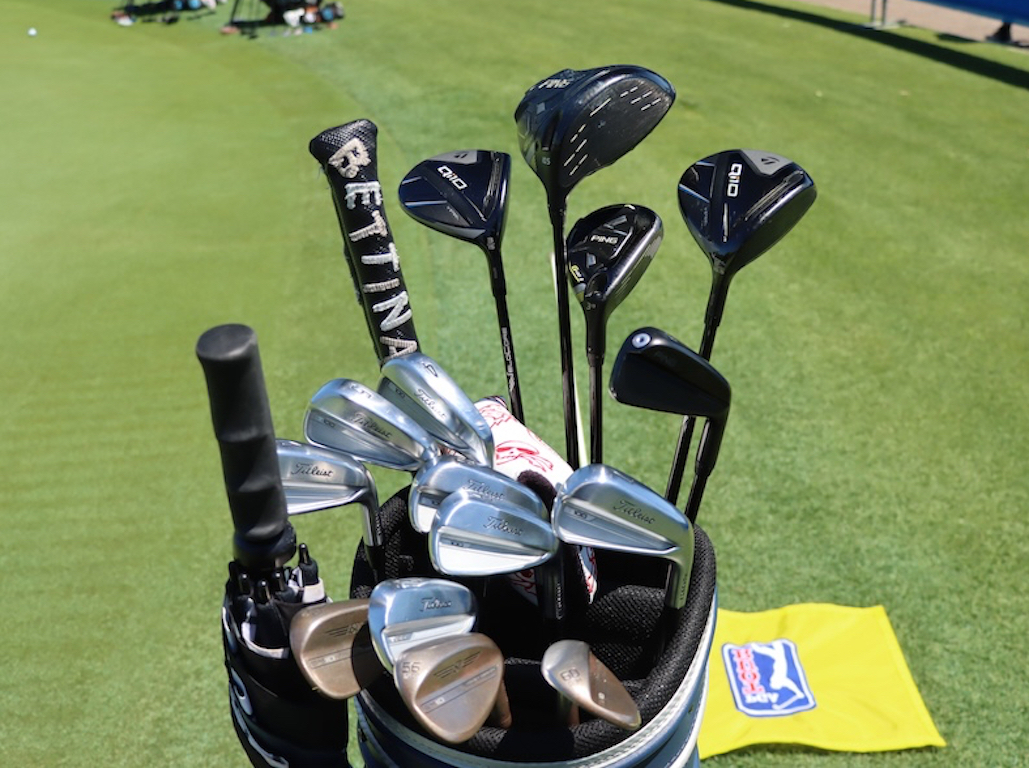
- Alex Fitzpatrick what’s in the bag accurate as of the Zurich Classic.
Driver: Ping G430 LST (10.5 degrees)
Shaft: Fujikura Ventus Black 6 X
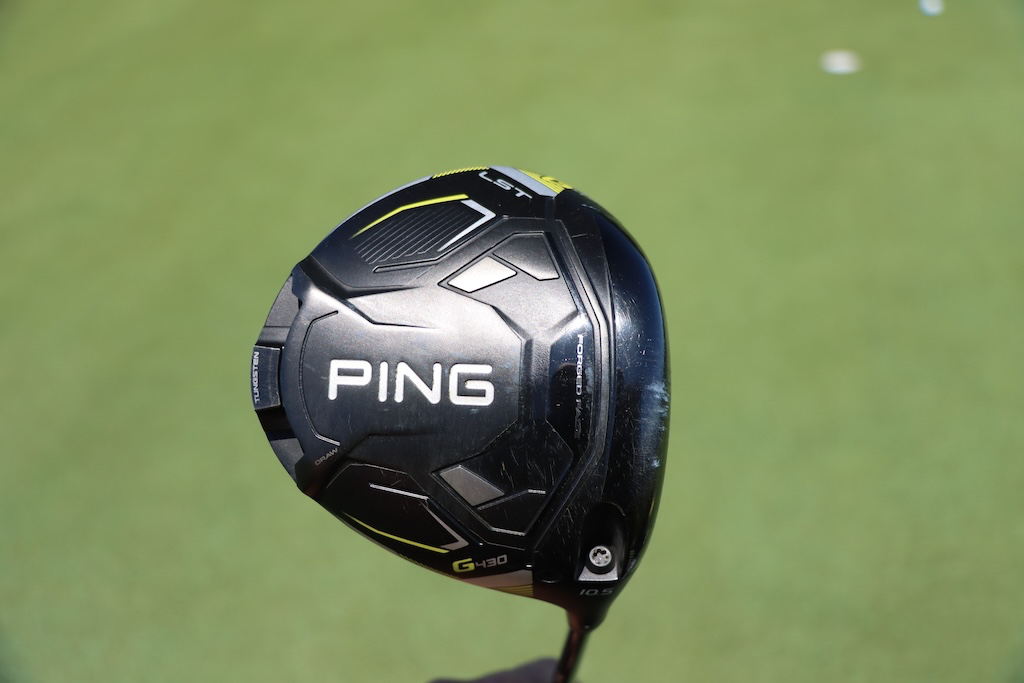
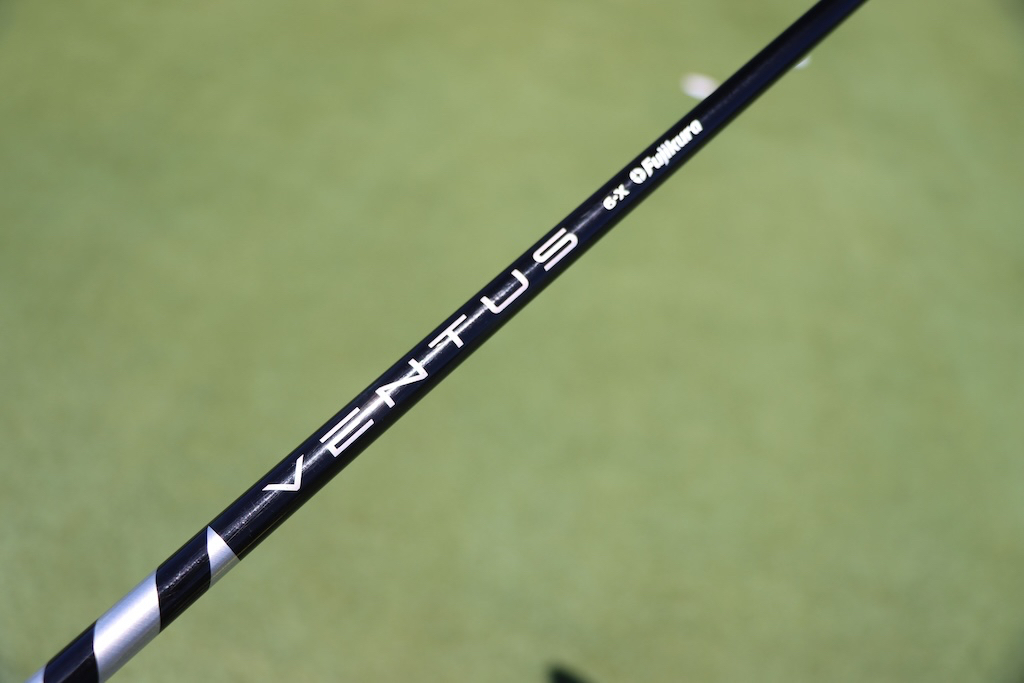
3-wood: TaylorMade Qi10 (15 degrees)
Shaft: Fujikura Ventus TR Black 7 X
Hybrid: Ping G430 (19 degrees)
Shaft: Fujikura Ventus Black HB 10 TX
Irons: Ping iCrossover (2), Titleist T100 (4-PW)
Shafts: Fujikura Ventus Black HB 9 TX (2), Nippon N.S. Pro Modus 3 Tour 120 X (4-9)
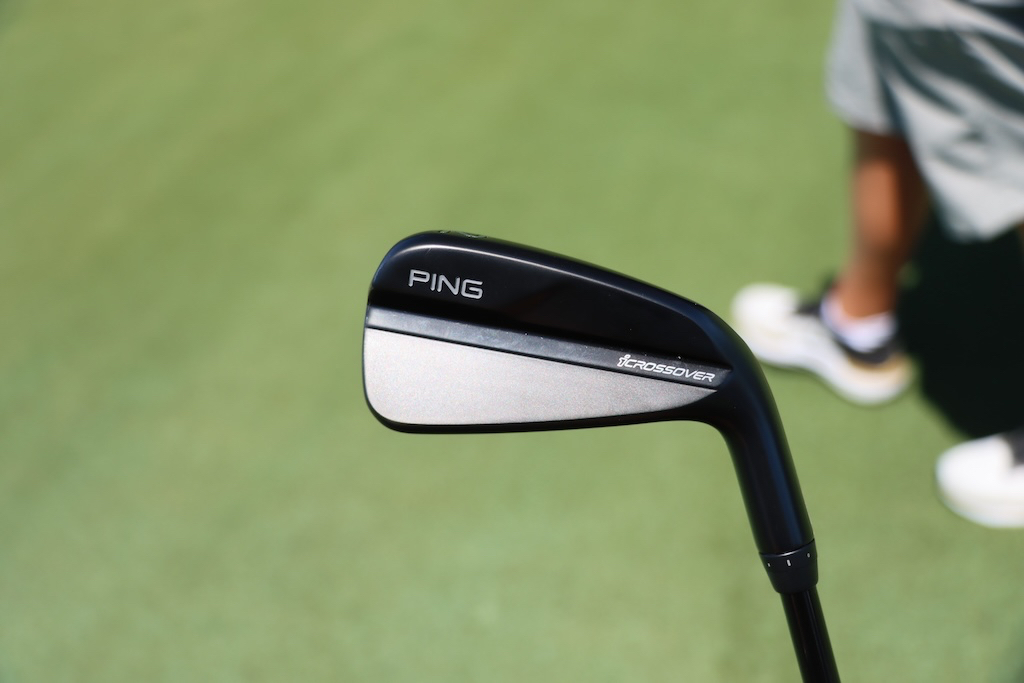
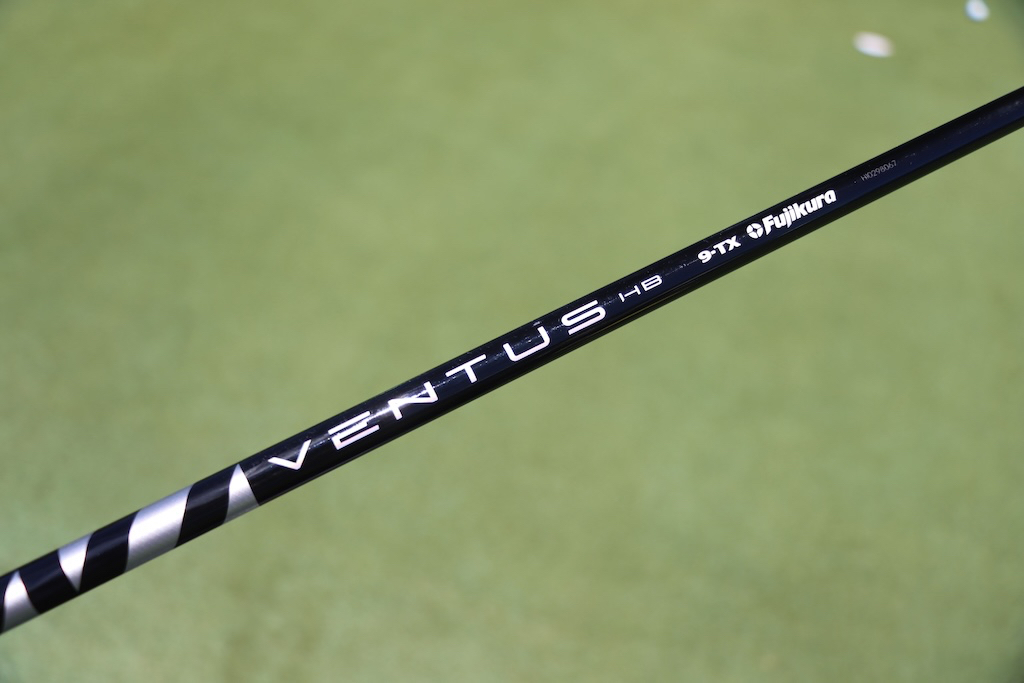
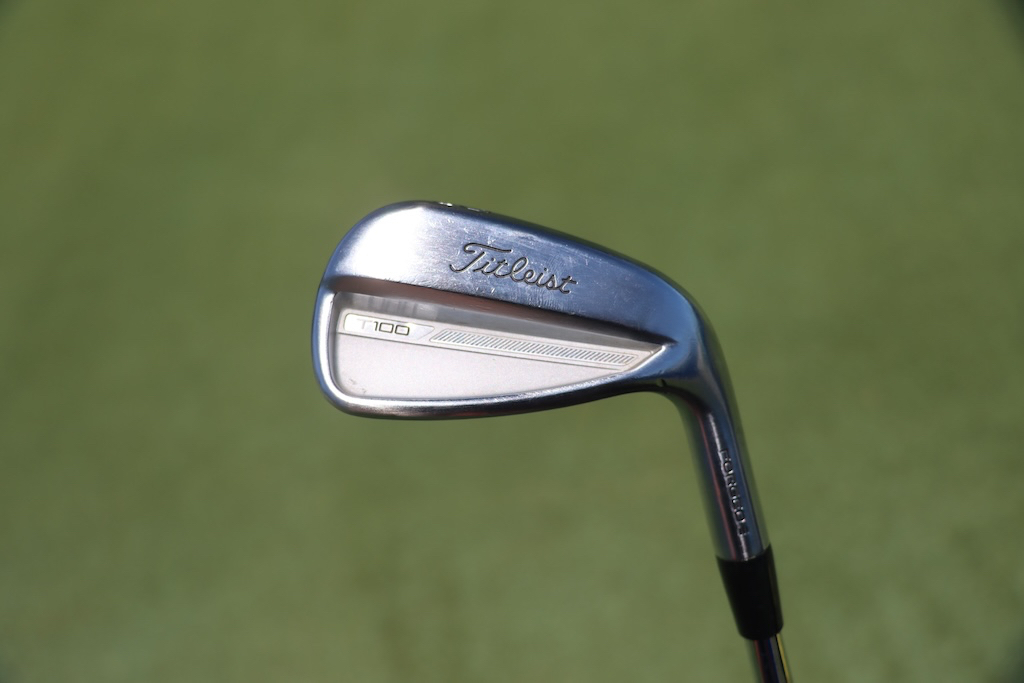
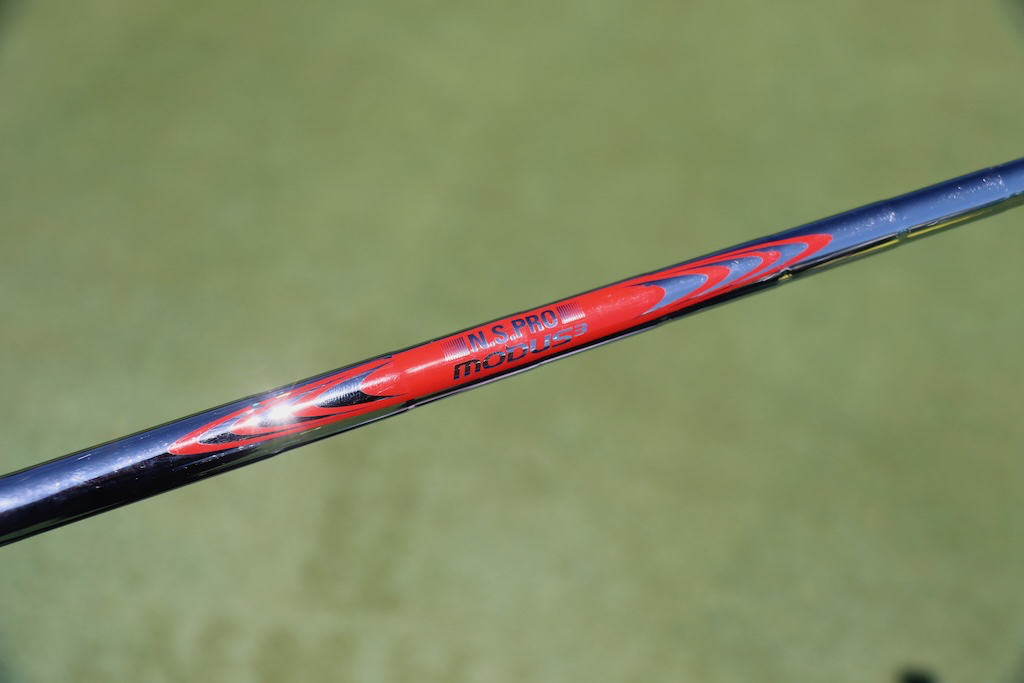
Wedges: Titleist Vokey Design SM10 (50-12F, 56-12D, 60-08M)
Shafts: Nippon N.S. Pro Modus 3 Tour 120 X
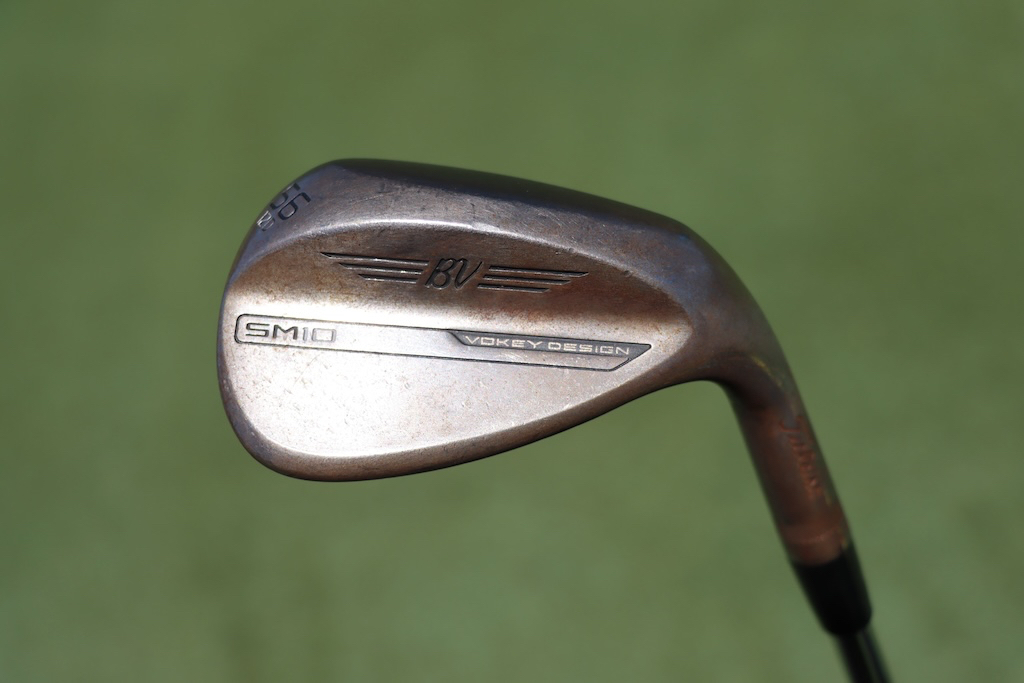
Putter: Bettinardi SS16 Dass
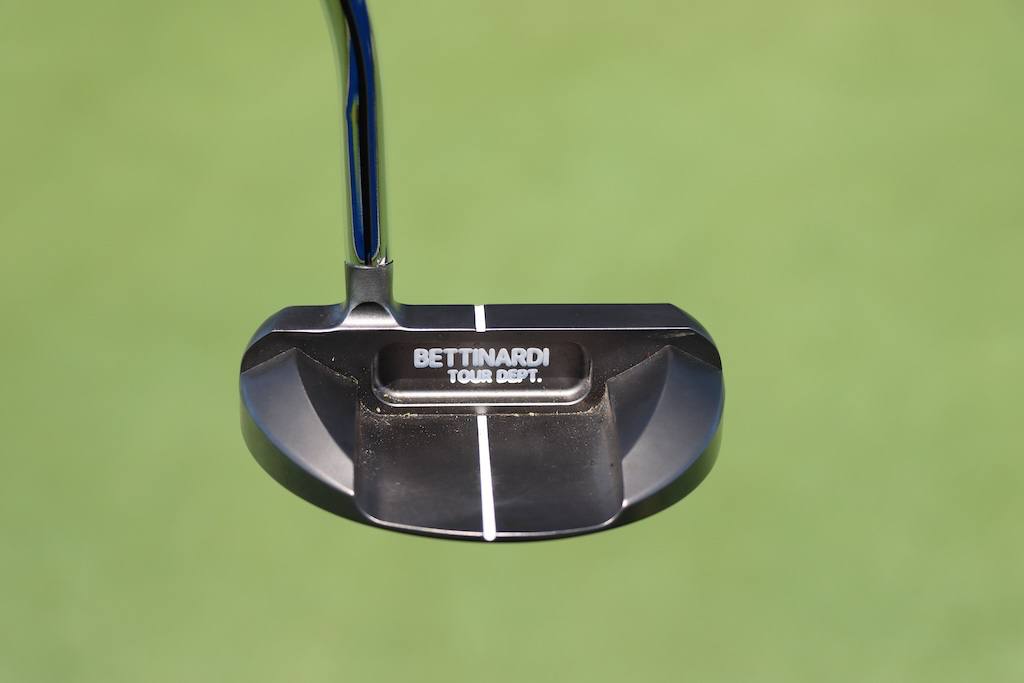
Grips: Golf Pride MCC
Check out more in-hand photos of Alex Fitzpatrick’s clubs here.
- LIKE0
- LEGIT0
- WOW0
- LOL0
- IDHT0
- FLOP0
- OB0
- SHANK0
Equipment
What’s the perfect mini-driver/shaft combo? – GolfWRXers discuss

In our forums, our members have been discussing Mini-Drivers and accompanying shafts. WRXer ‘JamesFisher1990’ is about to purchase a BRNR Mini and is torn on what shaft weight to use, and our members have been sharing their thoughts and set ups in our forum.
Here are a few posts from the thread, but make sure to check out the entire discussion and have your say at the link below.
- PARETO: “New BRNR at 13.5. Took it over to TXG (Club Champ but TXG will always rule) in Calgary for a fit. Took the head down to 12, stuck in a Graphite Design AD at 3 wood length and 60g. Presto- numbers that rivaled my G430Max but with waaaaay tighter dispersion. Win.”
- driveandputtmachine: “Still playing a MIni 300. The head was only 208, so I ordered a heavier weight and play it at 3 wood length. I am playing a Ventus Red 70. I play 70 grams in my fairways. I use it mainly to hit draws off the tee. When I combine me, a driver, and trying to hit a draw it does not work out well most of the time. So the MIni is for that. As an aside, I have not hit the newest BRNR, but the previous model wasn’t great off the deck. The 300 Mini is very good off the deck.”
- JAM01: “Ok, just put the BRNR in the bag along side a QI10 max and a QI10 3 wood. A load of top end redundancy. But, I have several holes at my two home courses where the flight and accuracy of the mini driver helps immensely. Mine is stock Proforce 65 at 13.5, I could see a heavier shaft, but to normal flex, as a nice alternative.”
Entire Thread: “What’s the perfect Mini-Driver/Shaft combo? – GolfWRXers discuss”
- LIKE2
- LEGIT0
- WOW0
- LOL0
- IDHT0
- FLOP0
- OB0
- SHANK0
Equipment
Coolest thing for sale in the GolfWRX Classifieds (4/26/24): Artisan 0521 custom putter
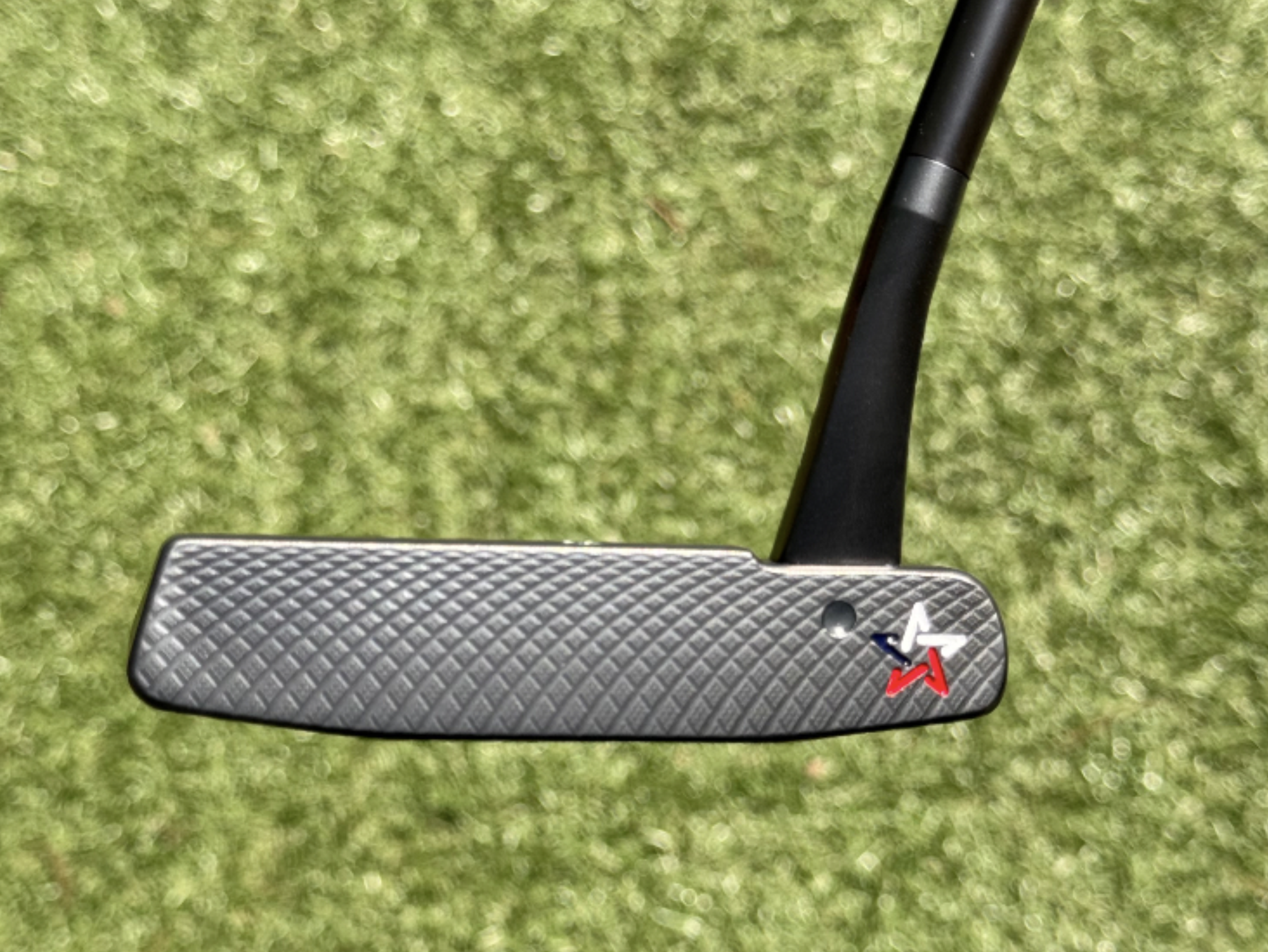
At GolfWRX, we are a community of like-minded individuals that all experience and express our enjoyment of the game in many ways.
It’s that sense of community that drives day-to-day interactions in the forums on topics that range from best driver to what marker you use to mark your ball. It even allows us to share another thing we all love – buying and selling equipment.
Currently, in our GolfWRX buy/sell/trade (BST) forum, there is a listing for an Artisan 0521 custom putter
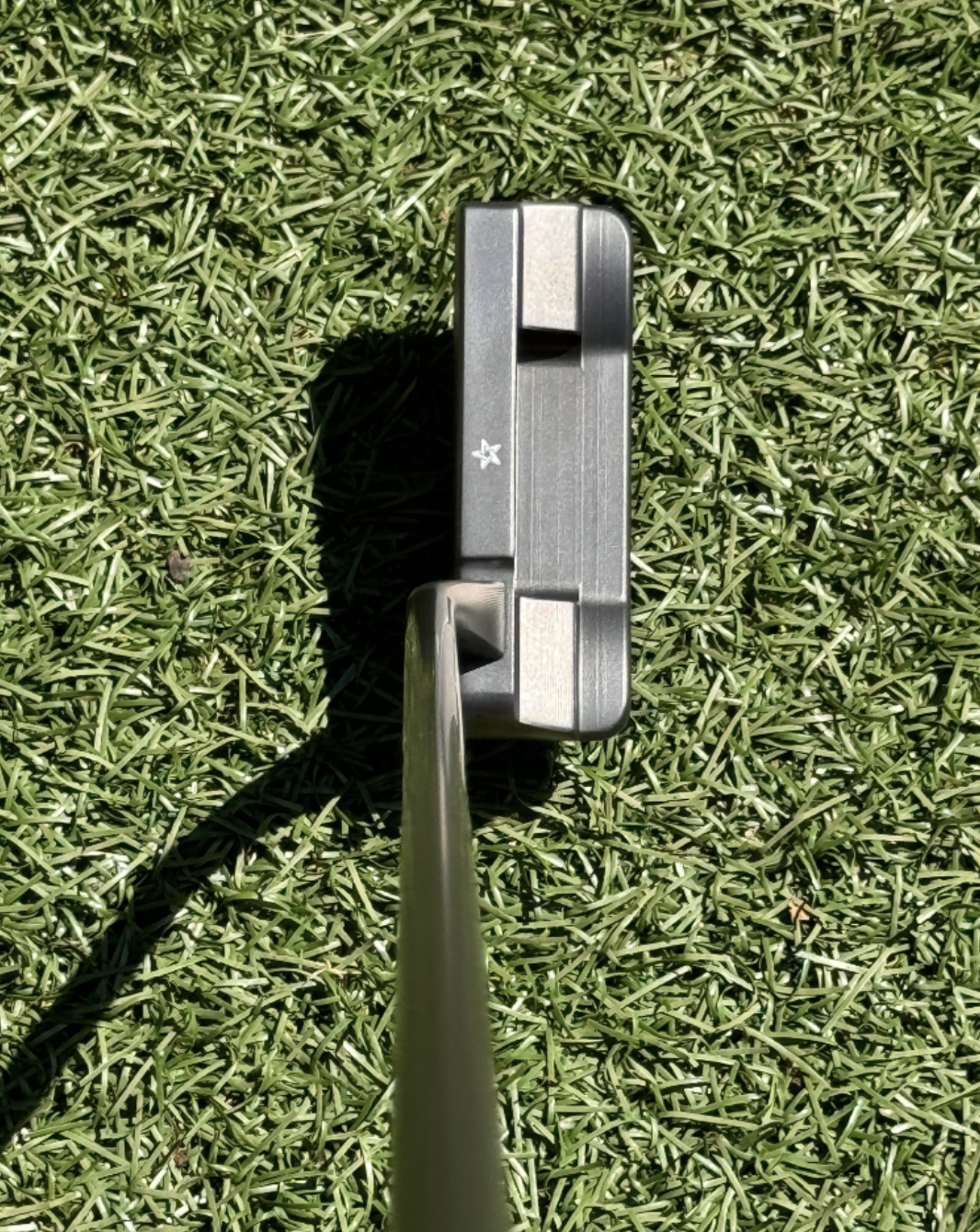
From the seller: (@Nobody2): “$775 -Artisan 0521 custom putter PVD (black finish) with sweep neck hosel. There are no personal stampings other than my player # in very small print on the side of the hosel (all Artisan products have this along with the date it was made). This putter looks absolutely amazing and has only been used for 3 rounds. It has a black steel shaft and has a very Cam Smith look to it. The putter looks new and has no wear marks anywhere on the putter. It comes with extra weights (one set of of 5 gram weights and one set of 15 gram weights). The head cover is a a navy blue ‘quilted blade putter cover.’ If you are wondering why I am selling…I flat out have the yips and the only thing saving me is a broomstick. New, this putter is $1085, so if the specs work for you (grip, length and lie can certainly be tweaked) it will save you some good money and 2 month wait time.
Specs:
To check out the full listing in our BST forum, head through the link: Artisan 0521 custom putter
This is the most impressive current listing from the GolfWRX BST, and if you are curious about the rules to participate in the BST Forum you can check them out here: GolfWRX BST Rules
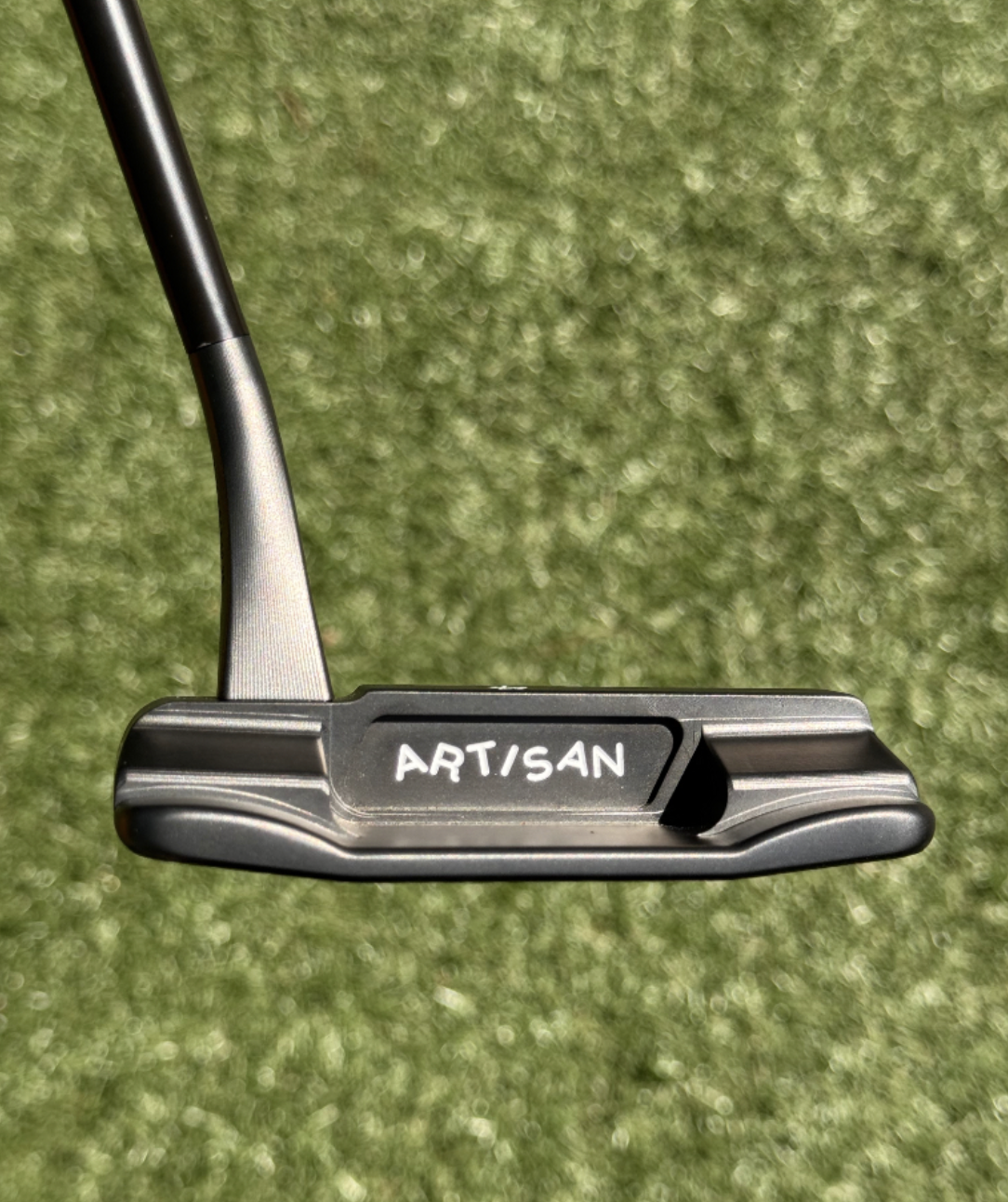
- LIKE1
- LEGIT0
- WOW0
- LOL0
- IDHT0
- FLOP0
- OB0
- SHANK0
-

 19th Hole2 weeks ago
19th Hole2 weeks agoDave Portnoy places monstrous outright bet for the 2024 Masters
-

 19th Hole4 days ago
19th Hole4 days agoJustin Thomas on the equipment choice of Scottie Scheffler that he thinks is ‘weird’
-

 19th Hole2 weeks ago
19th Hole2 weeks agoTiger Woods arrives at 2024 Masters equipped with a putter that may surprise you
-

 19th Hole4 days ago
19th Hole4 days ago‘Absolutely crazy’ – Major champ lays into Patrick Cantlay over his decision on final hole of RBC Heritage
-

 19th Hole2 weeks ago
19th Hole2 weeks agoTwo star names reportedly blanked Jon Rahm all week at the Masters
-

 19th Hole1 week ago
19th Hole1 week agoReport: LIV Golf identifies latest star name they hope to sign to breakaway tour
-

 19th Hole2 weeks ago
19th Hole2 weeks agoNeal Shipley presser ends in awkward fashion after reporter claims Tiger handed him note on 8th fairway
-

 19th Hole1 week ago
19th Hole1 week agoBrandel Chamblee has ‘no doubt’ who started the McIlroy/LIV rumor and why

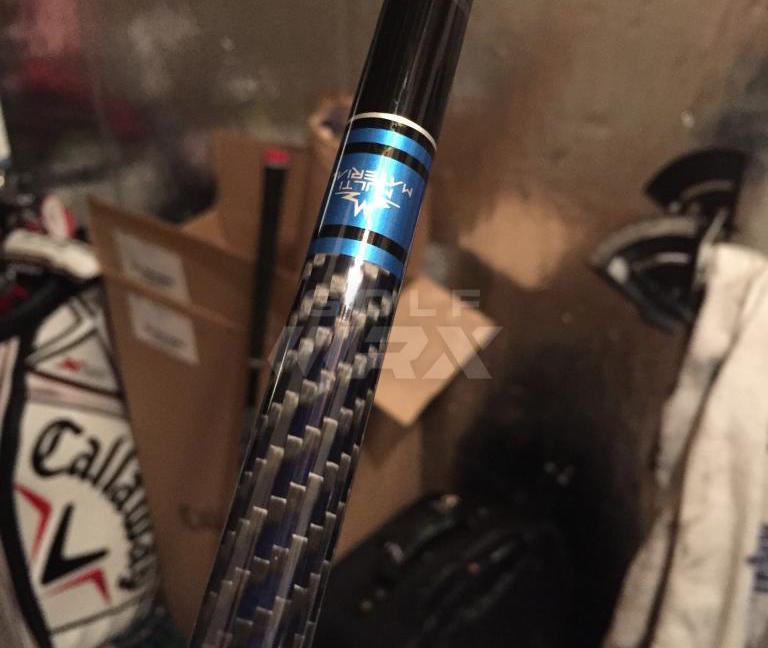
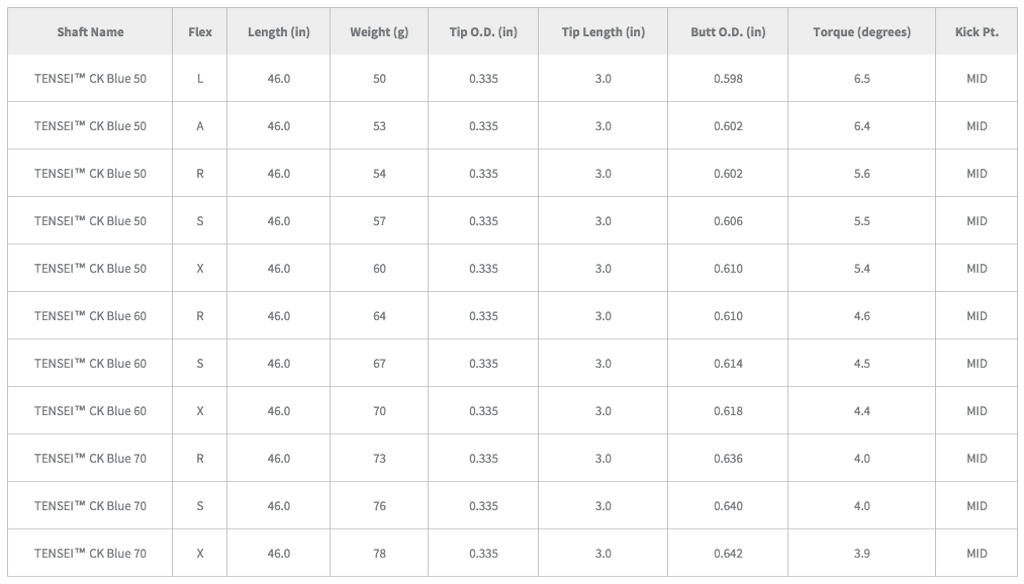








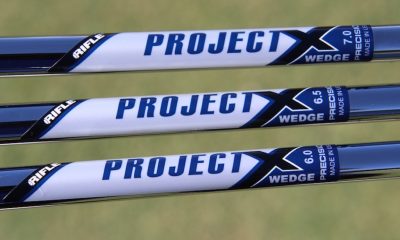

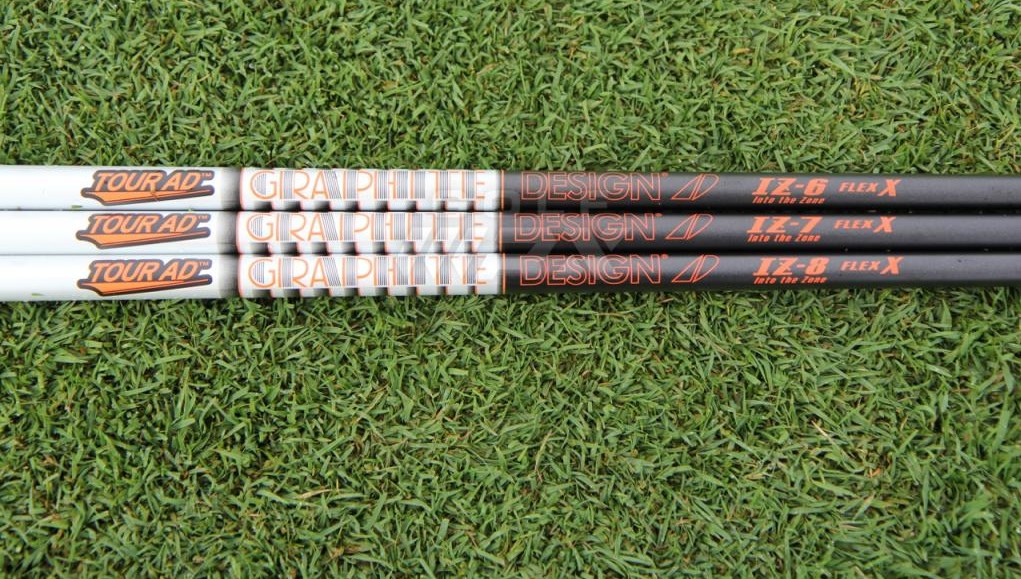
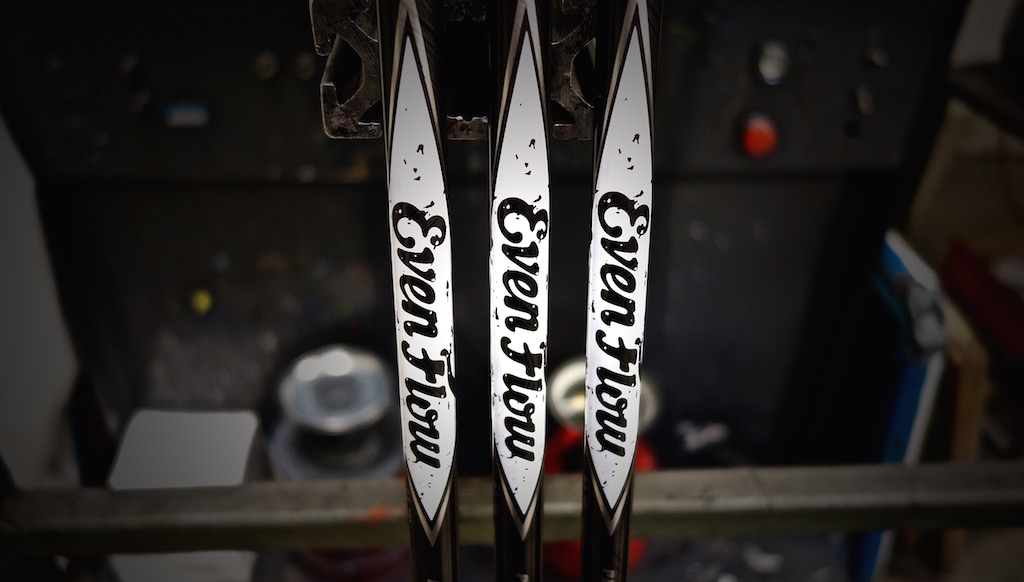













Geekaya
May 11, 2016 at 3:15 pm
Just played 18 holes with a tensei ck blue 50 S fitted M2 at stock 9.5*, very smooth and easy to hit club/ shaft combo, I loved it. Ss 100mph, aa +5
KK
Nov 14, 2015 at 8:42 am
Nothing special about the weight or torque. We’ll have to see about the feel.
Dj
Nov 15, 2015 at 12:00 pm
Feel is second to none.
JuNiOR
Nov 14, 2015 at 6:30 am
TENSEI CK WHITE if I like the Whiteboard feel?
Jay
Nov 13, 2015 at 9:40 am
So looks like Dealers will be able to order these in limited numbers now?
john
Nov 12, 2015 at 5:31 pm
let me guess they’ll sell them to Taylormade for $1.14 but to the public they’ll be $400
Dj
Nov 12, 2015 at 6:32 pm
I’ve heard 250
Christestrogen
Nov 13, 2015 at 9:11 am
Buy a million or so shafts every decade and I bet u can get that figure down…
john
Nov 15, 2015 at 8:33 pm
I dont expect them for the insanely low price TM/callaway buy them for
but if they want aftermarket sales to exist they need to be reasonable.
Dj
Nov 12, 2015 at 1:21 pm
Very nice shaft!!!!
Mat
Nov 12, 2015 at 5:24 pm
That’s what she said.
Dj
Nov 12, 2015 at 6:32 pm
Was hoping someone would throw that out there